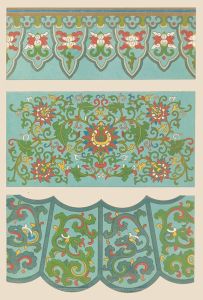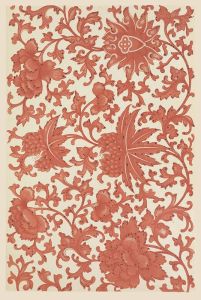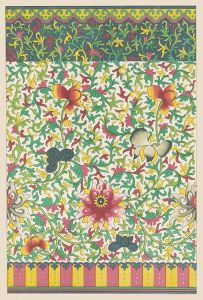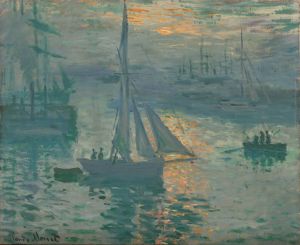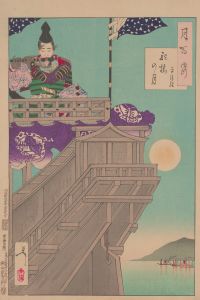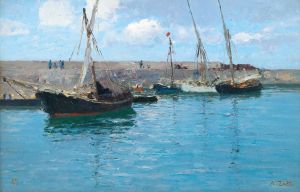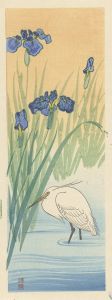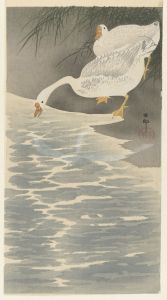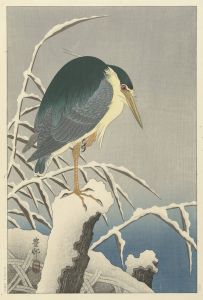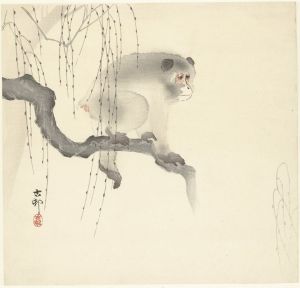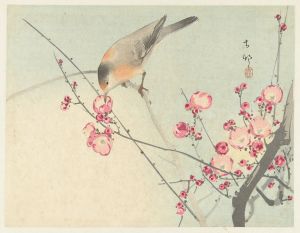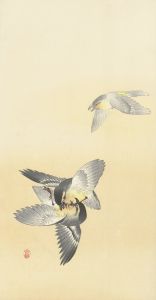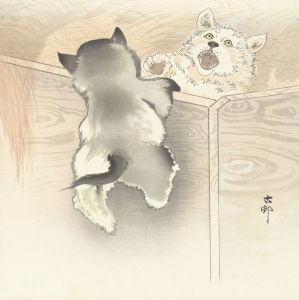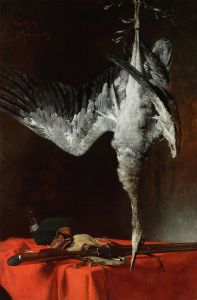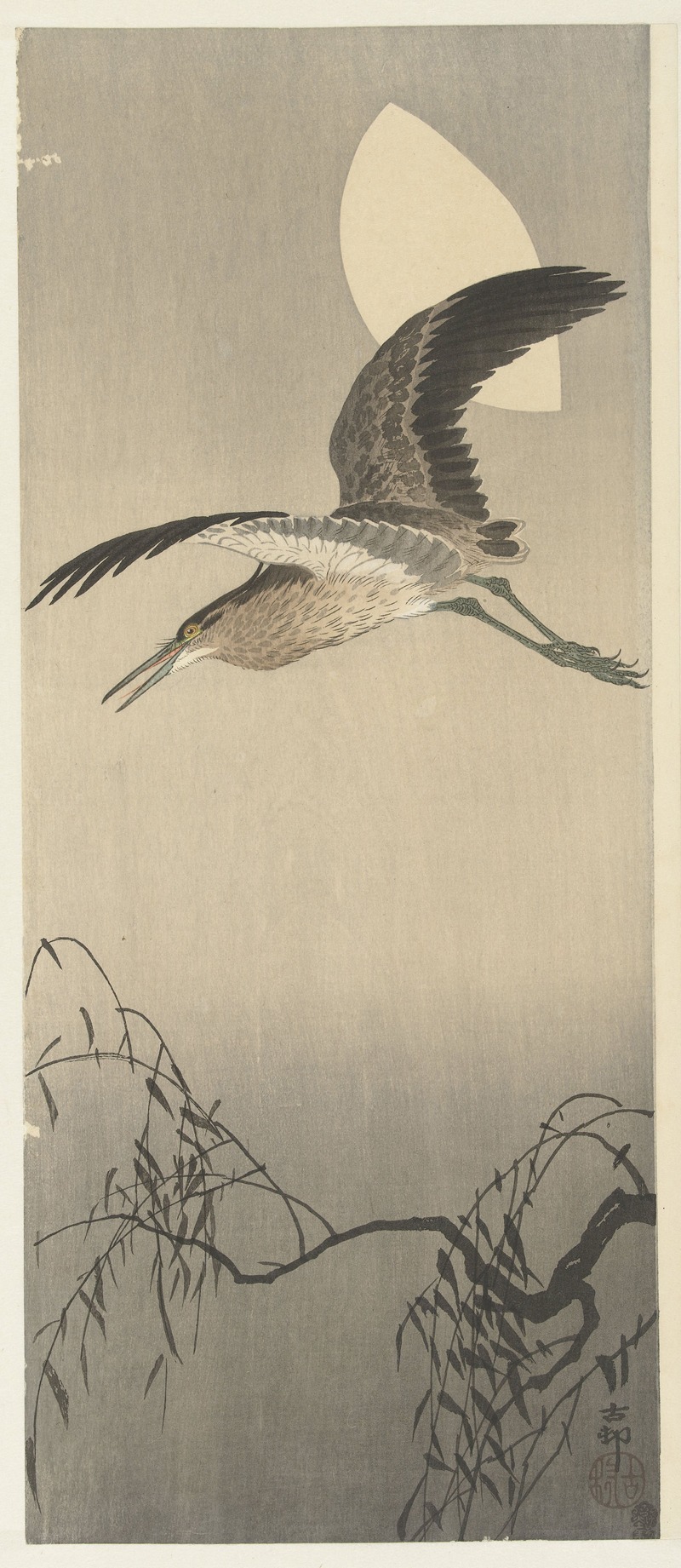
Heron and moon
A hand-painted replica of Ohara Koson’s masterpiece Heron and moon, meticulously crafted by professional artists to capture the true essence of the original. Each piece is created with museum-quality canvas and rare mineral pigments, carefully painted by experienced artists with delicate brushstrokes and rich, layered colors to perfectly recreate the texture of the original artwork. Unlike machine-printed reproductions, this hand-painted version brings the painting to life, infused with the artist’s emotions and skill in every stroke. Whether for personal collection or home decoration, it instantly elevates the artistic atmosphere of any space.
Ohara Koson (1877–1945) was a prominent Japanese artist known for his exquisite woodblock prints, particularly those featuring birds and flowers, a genre known as kachō-e. His work is often associated with the shin-hanga ("new prints") movement, which sought to revitalize traditional ukiyo-e art with modern sensibilities during the early 20th century. One of his notable works is "Heron and Moon," which exemplifies his skill in capturing the delicate beauty of nature.
"Heron and Moon" is a woodblock print that showcases Koson's mastery in depicting avian subjects with elegance and precision. The print features a solitary heron, a bird often associated with grace and tranquility in Japanese culture, standing in a serene pose. The heron is depicted with meticulous attention to detail, highlighting its slender form and the intricate patterns of its plumage. The background of the print is dominated by a large, luminous moon, casting a gentle glow over the scene and adding a sense of calm and stillness.
Koson's use of color and composition in "Heron and Moon" is characteristic of his style. He often employed a limited color palette, focusing on subtle gradations and contrasts to create depth and mood. In this print, the soft hues of the heron contrast with the darker tones of the night sky, while the moon provides a focal point that draws the viewer's eye. The composition is balanced and harmonious, reflecting the influence of traditional Japanese aesthetics.
The shin-hanga movement, to which Koson contributed significantly, was a response to the decline of ukiyo-e in the late 19th century. Artists and publishers sought to revive the art form by incorporating Western techniques and perspectives while maintaining the essence of traditional Japanese art. Koson's work, including "Heron and Moon," exemplifies this blend of old and new, as he combined Western realism with the stylized beauty of ukiyo-e.
Koson's prints were particularly popular in the West, where they were appreciated for their beauty and craftsmanship. His work was part of a broader trend of Japonism, which saw Western artists and collectors embracing Japanese art and aesthetics. "Heron and Moon," like many of Koson's prints, was likely produced for export, contributing to the spread of Japanese art and culture beyond its borders.
Despite the challenges of his time, including the impact of World War II on Japan, Koson's work has endured and continues to be celebrated for its artistic merit. His prints are held in high regard by collectors and are featured in numerous museum collections worldwide. "Heron and Moon" remains a testament to Koson's ability to capture the serene beauty of nature through the medium of woodblock printing, and it continues to inspire admiration for its elegance and simplicity.





